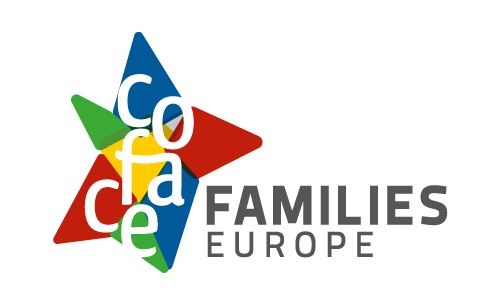COFACE Disability Policy Brief
Breaking policy silos to better support children with disabilities and their families
#BeTheSHIFT #IDPD2022 #DisabilityRights #ChildRights #childrenwithdisabilities
In the run-up to 2022 International Day of Persons with Disabilities, the COFACE Disability Platform for the rights of persons with disabilities and their families launched a policy brief looking at how children with disabilities are covered in recent EU Social Policy Frameworks. With this brief COFACE Disability wants to launch a reflection on the intersection between disability and age and how to integrate it in policies and programmes. For this EU Year of Youth COFACE Disability has focused this first brief on Children with Disabilities and their families.
__________________
The aim of this policy brief is double:
- First to take stock of how children with disabilities are covered in EU social policies;
- Second to launch a broader reflection on how to deepen the interaction between disability and age in policy making.
In this exercise, the COFACE Disability Platform has looked at some recently adopted EU frameworks. This brief does not have the ambition of offering a holistic view of all the EU policies and measures that can have an impact on children with disabilities and their families, rather it aims to lay down the foundations for reflection around the development of more inclusive and intersectional policies, with a specific focus on policies falling under the European Pillar of Social Rights Action Plan:
- The European Child Guarantee;
- The European Strategy on the Rights of the Child;
- The European Strategy for the Rights of Persons with Disabilities 2021-2030;
- The European Care Strategy.
The policy brief starts with clarifications, describing the whole-family lens of the 2030 COFACE Child Compass as well as key references to children in international and EU human rights law. Then follows the analysis of the selected EU policy frameworks, giving an overview of measures which specifically include or target children with disabilities. This leads into a reflection on interrelated well-being of children and their families, highlighting the need to consider children with disabilities within their family and community context to ensure two-generation supports are put in place for positive and sustainable outcomes. The concluding section reflects on the results of the analysis and on the steps needed to address gaps at the intersections of these EU social policies.





